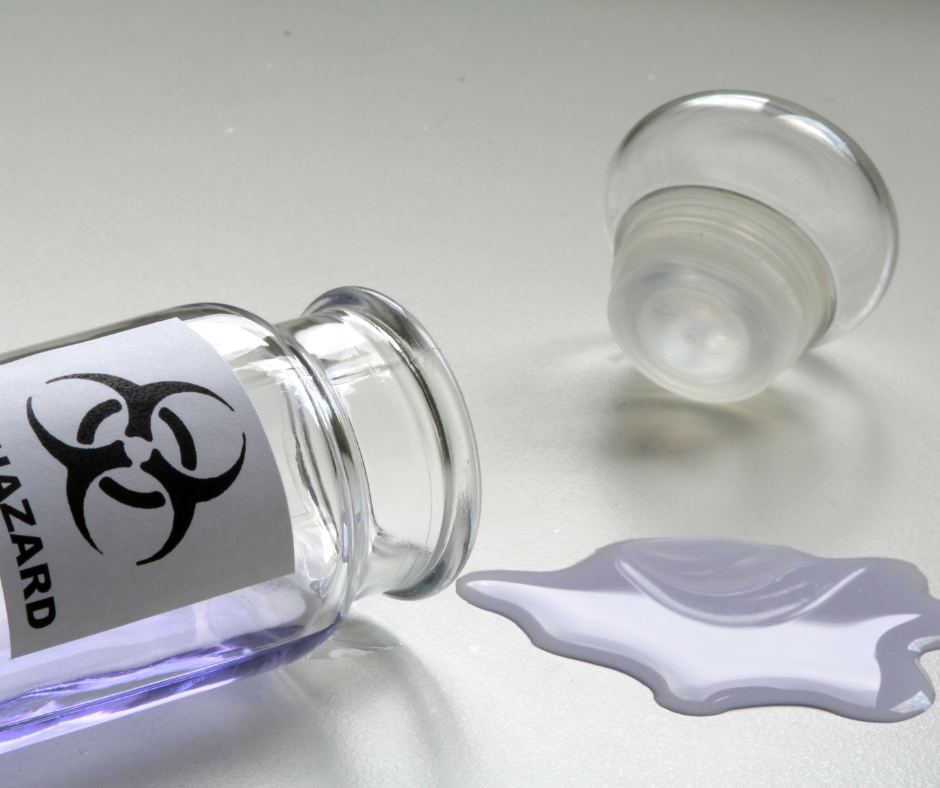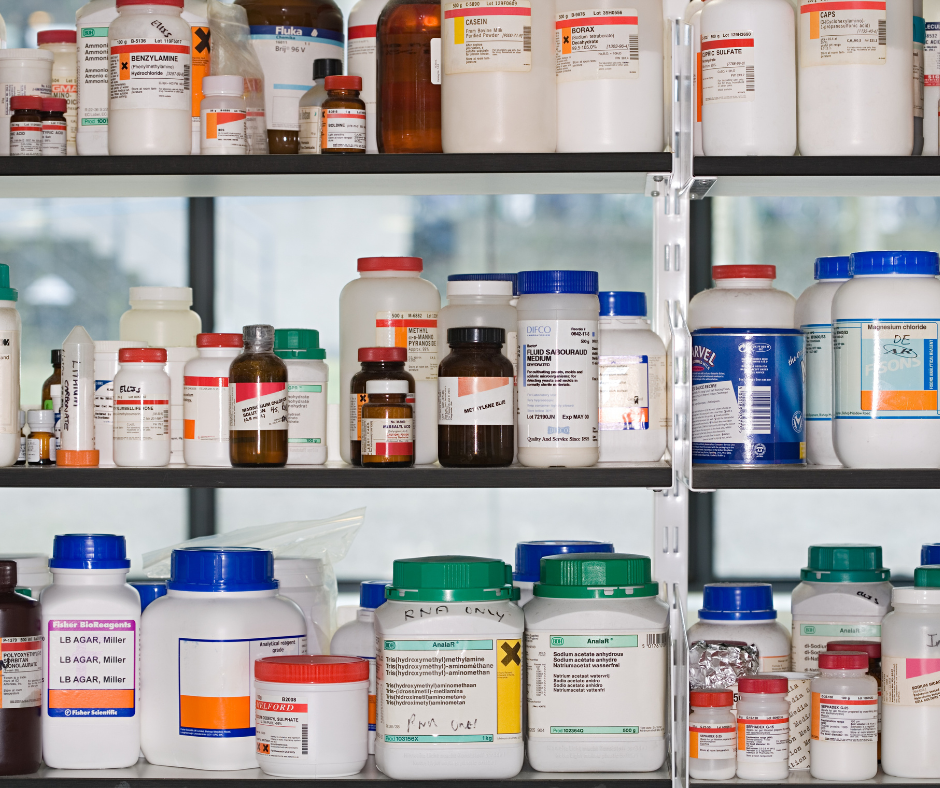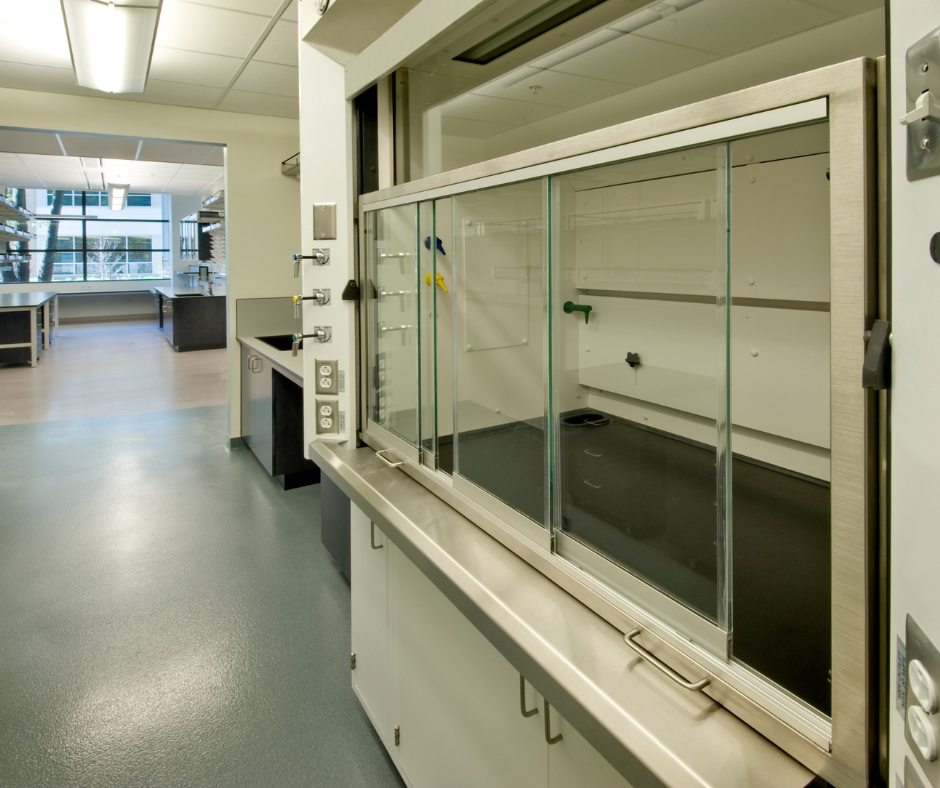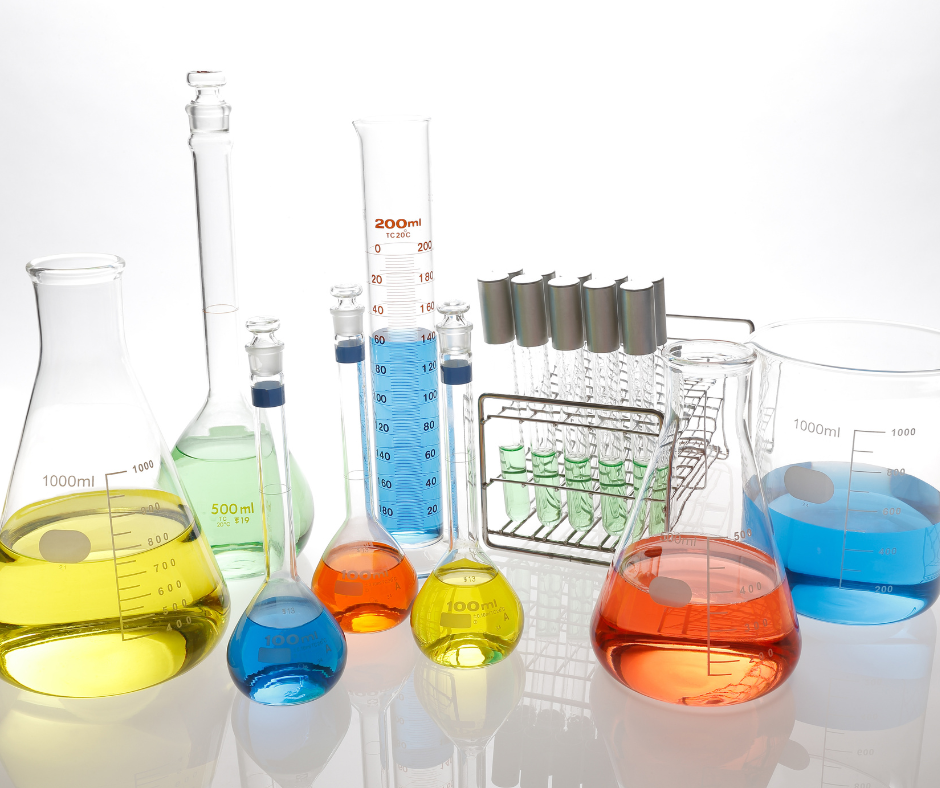Chemicals are essential in any laboratory. They help to power groundbreaking discoveries, advances in science, and research that drives innovation. But with great power comes great responsibility, and it’s essential to handle these substances with care. Improper handling and storage of chemicals can lead to accidents, harmful exposure, and dangerous reactions. This can not only endanger the health and safety of lab personnel but also damage research progress and scientific findings. To ensure the safety of everyone in the laboratory and promote efficient research, it’s vital to follow the best practices for safe chemical handling and storage. These guidelines help to minimize risk and promote safety while enabling researchers to focus on their work.
Best Practices for Safe Chemical Handling
When working with chemicals in a laboratory, safety should always be your top priority. After all, the substances you’re working with could be hazardous, potentially causing harm to both yourself and others. But don’t worry – by following some best practices, you can minimize the risk of accidents and ensure that you’re handling chemicals in a safe and responsible manner. From wearing the right protective equipment to using proper labeling and storage techniques, there are plenty of ways to promote safety in the laboratory. In this section, we’ll explore some of the best practices for safe chemical handling that you can incorporate into your work routine to ensure the safety of everyone in the laboratory.
Personal Protective Equipment (PPE)
The first line of defense against chemical exposure is personal protective equipment (PPE). PPE includes gloves, goggles, lab coats, and respirators. It is essential to wear the appropriate PPE when handling chemicals to protect against skin, eye, and respiratory irritants.
Chemical Compatibility
Chemicals should be stored according to their compatibility to prevent accidental mixing. Mixing chemicals can lead to unexpected reactions, such as the release of toxic gases or an explosion. The laboratory staff should be trained on how to identify incompatible chemicals and store them separately.
Proper Labeling
All chemicals should be properly labeled with the name of the substance, the date of receipt, and the expiration date. Labels should also include hazard information, such as flammability, toxicity, and reactivity. Proper labeling ensures that researchers and lab personnel can identify the chemical and its hazards before use.
Chemical Spills and Accidents
Accidents happen, and chemical spills are a common occurrence in a laboratory setting. In the event of a spill, lab personnel should know how to contain the spill safely. The laboratory should have a spill response plan in place, and all personnel should be trained on the proper procedures to follow in the event of a spill.

Best Practices for Safe Chemical Storage
Storing chemicals properly in a laboratory is just as important as handling them safely. The way you store your chemicals can have a significant impact on the safety of yourself and others in the laboratory, as well as the quality of your research. Improper storage can lead to spills, fires, and other dangerous incidents that can cause harm and disrupt scientific progress. By following some best practices for safe chemical storage, you can ensure that your chemicals are stored safely and securely, reducing the risk of accidents and promoting efficient research. In this section, we’ll take a closer look at some of the best practices for safe chemical storage that you can incorporate into your lab routine.
Ventilation
Chemicals should be stored in a well-ventilated area to prevent the buildup of toxic vapors. The laboratory should have a ventilation system in place to ensure adequate airflow. The ventilation system should be regularly maintained to ensure its effectiveness.
Storage Location
Chemicals should be stored in a designated storage area that is separate from the laboratory work area. The storage area should be secure, well-ventilated, and away from sources of heat, flame, or direct sunlight. The storage area should also be organized to facilitate the identification and retrieval of chemicals.
Shelving and Cabinets
Shelving and cabinets should be used to store chemicals, with each shelf or cabinet designated for a specific type of chemical. Shelving and cabinets should be sturdy and secure to prevent accidental spillage or breakage of chemicals.

Chemical Segregation
Chemicals should be segregated according to their compatibility. Incompatible chemicals should be stored separately to prevent accidental mixing. For example, flammable chemicals should be stored away from oxidizing agents, which can increase the risk of fire.
Why Chemicals Should Never Be Stored in a Fume Hood
While fume hoods are an essential safety feature in laboratories, it’s important to understand that they have a specific purpose. Fume hoods are designed to protect lab personnel from exposure to hazardous fumes and vapors. However, despite their intended use, some researchers may be tempted to use fume hoods as storage units for chemicals. Here are some compelling reasons why this is a bad idea:
Fume Hood Efficiency
Fume hoods are designed to remove fumes and vapors from the laboratory work area. If chemicals are stored in a fume hood, they can release vapors, which can reduce the effectiveness of the fume hood. This can lead to an increased risk of exposure for lab personnel.
Risk of Accidents
Storing chemicals in a fume hood can increase the risk of accidents. For example, if a researcher needs to use the fume hood to work with a hazardous substance, they may accidentally knock over a chemical container that is being stored in the fume hood. This can lead to a spill or breakage, which can release toxic fumes or cause other hazards.

Space Constraints
Fume hoods are designed for specific purposes, such as handling hazardous substances or conducting experiments that require ventilation. Using a fume hood as a storage unit can take up valuable space that could be used for its intended purpose. This can lead to a decrease in efficiency and productivity in the laboratory.
Contamination Risks
Storing chemicals in a fume hood can increase the risk of contamination. The fume hood may not be properly cleaned or sanitized, which can lead to the transfer of chemicals from one experiment to another. This can compromise the accuracy and reliability of research results.
Prioritizing Chemical Safety: A Fundamental Aspect of Laboratory Research
Chemicals are essential components of laboratory research, but they can pose significant safety risks if not handled and stored properly. Following best practices for safe chemical handling and storage is critical to ensuring the safety of laboratory personnel and preventing accidents. Never store chemicals in a fume hood, as this can reduce its efficiency, increase the risk of accidents, take up valuable space, and increase the risk of contamination. By following best practices for chemical handling and storage, laboratory personnel can conduct their research safely and efficiently, while minimizing the risk of accidents and hazardous exposures.
With over two decades of experience, National Laboratory Sales is dedicated to transforming your lab with personalized service and innovative design solutions. Whether you’re building a state-of-the-art new lab or upgrading your current space, we offer a remarkable range of high-quality casework, workstations, fume hoods, and other essential lab products. Plus, most of our items ship fast—often within two weeks—so you can keep your projects on track. Experience a new standard of lab solutions. Contact us today!


